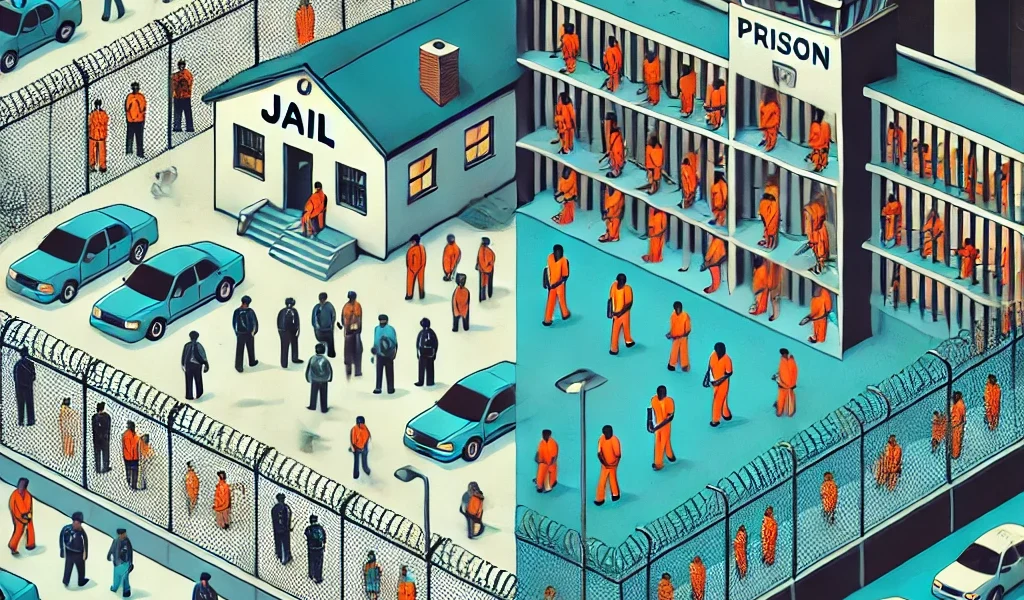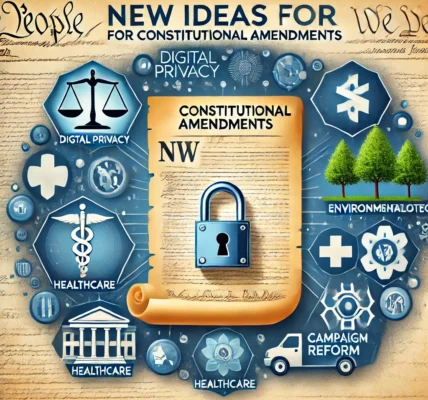Jail vs. Prison: Legal Definition – All You Need to Know
When discussing the criminal justice system, the terms jail and prison are often used interchangeably, but they refer to two different types of facilities with distinct purposes. Understanding the differences between them is crucial for legal professionals, law students, and anyone involved in the justice system. Here’s a detailed look at the legal definitions, purposes, and differences between jail and prison.
1. Jail: Definition and Purpose
Jails are typically local facilities that are used for short-term confinement. They are managed by local government agencies, such as city police departments or county sheriffs. Jails serve several key functions, including:
- Pretrial Detention: Individuals who have been arrested and are awaiting trial are often held in jail. These individuals have not yet been convicted of a crime.
- Short-Term Sentencing: Jails are typically used for individuals serving sentences of less than one year, often for misdemeanors or lesser offenses.
- Temporary Detention: In some cases, people may be held in jail temporarily before being transferred to prison if their sentence exceeds one year.
Jails are designed for shorter stays and often house a mix of individuals awaiting trial, convicted offenders serving brief sentences, and even people held for civil offenses like failure to pay child support.
2. Prison: Definition and Purpose
Prisons, on the other hand, are long-term facilities managed by state or federal governments. Prisons are used to house individuals convicted of more serious crimes, usually felonies, and sentenced to longer terms, typically over a year.
Key characteristics of prisons include:
- Long-Term Confinement: Prisons are designed for individuals serving extended sentences, often many years or even life.
- Different Security Levels: Prisons are categorized by their level of security—minimum, medium, and maximum—depending on the severity of the crimes committed by the inmates and their behavior in the facility.
- Rehabilitation and Programs: Prisons often offer more extensive rehabilitation programs, educational opportunities, and vocational training to prepare inmates for life after release.
3. Key Differences Between Jail and Prison
- Length of Stay: Jails typically house individuals for shorter durations (usually less than a year), while prisons are meant for long-term confinement.
- Administration: Jails are operated by local authorities, whereas prisons are managed by state or federal agencies.
- Type of Offender: Jails primarily hold people awaiting trial or serving short sentences for misdemeanors, while prisons house those convicted of serious offenses (felonies) serving long sentences.
- Programs and Facilities: Prisons tend to offer more structured rehabilitation, educational, and employment programs than jails due to the longer duration of confinement.
4. Legal Implications and Rights
The legal rights of individuals vary depending on whether they are in jail or prison. Pretrial detainees in jail, for instance, are considered innocent until proven guilty, and their conditions of confinement may be different compared to those who are serving sentences in prison. Additionally, prisoners often have access to parole or early release programs depending on their behavior and sentence, while individuals in jail are typically serving shorter sentences that don’t allow for early release.
5. Conclusion
In summary, while both jails and prisons serve the purpose of confinement within the criminal justice system, they have distinct roles based on the length of sentences and the severity of the crimes. Jails handle short-term detentions and pretrial cases, while prisons are meant for long-term incarceration of serious offenders.
Understanding the legal distinctions between these two types of facilities is important for anyone navigating the justice system, whether they are legal professionals, policymakers, or individuals impacted by incarceration.




